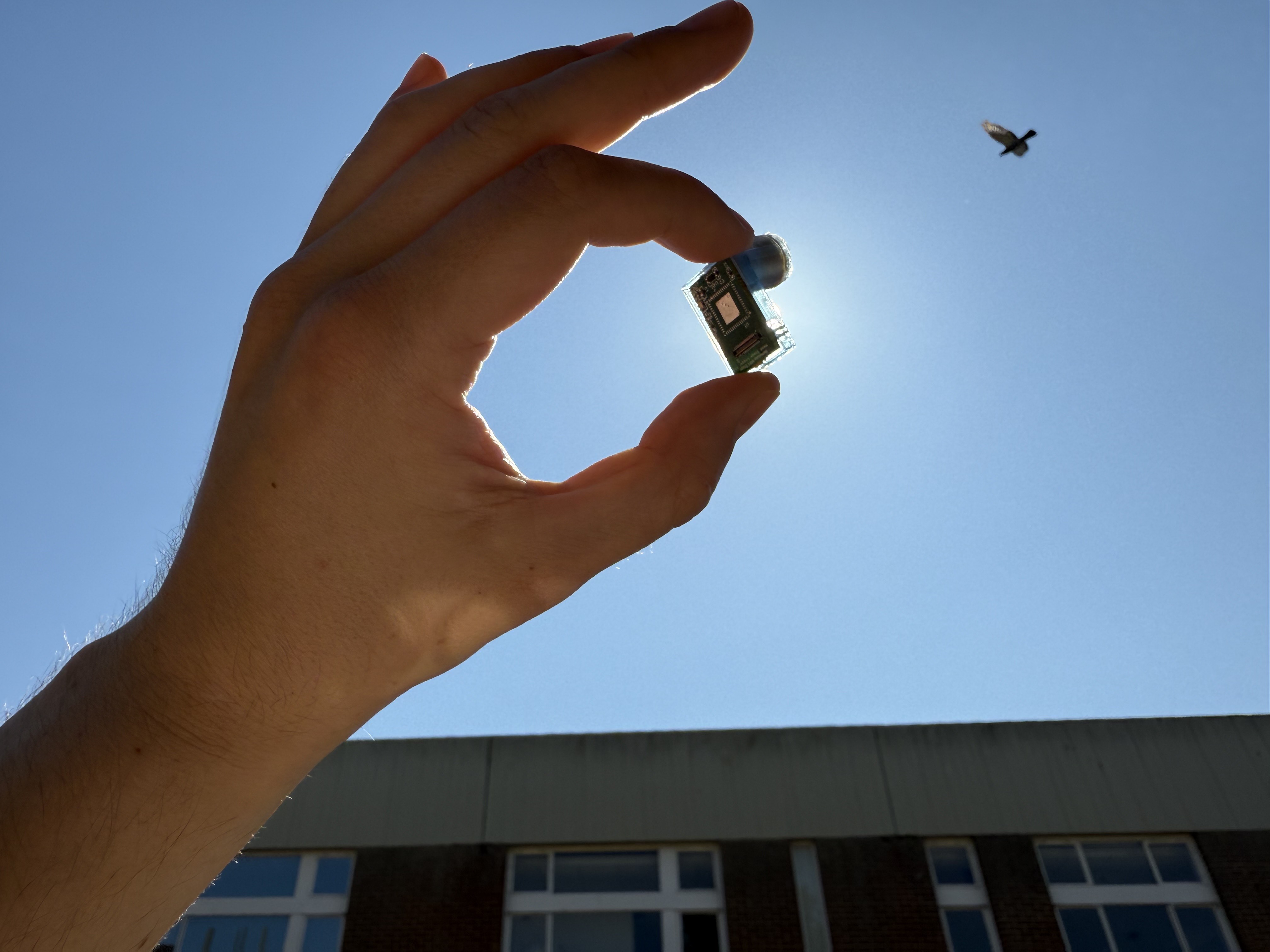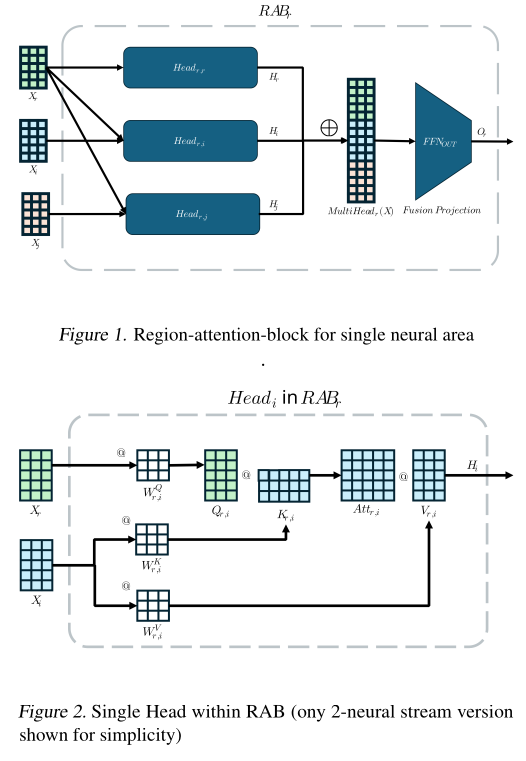
Our Work
Research papers and publications advancing the field of neural organisms, AI systems, and whole-brain emulation science.

Publications

A behavioral roadmap for the development of agency in the rodent
To be published in PLOS Bio, we used modern machine vision tools, we characterized weeks of real time 24/7 open arena behaviour recordings in freely moving and behaving developing gerbil families. We tracked >100 million video frames in cohorts of 6 rodents and discovered that social development precedes basic autonomy and food seeking.

Neuroanatomical Transformers White Paper
Our first machine-learning white paper that addresses AI-safety and WBE through the development and implementation of neuroanatomical transformers for modeling brain structure and function. This work presents a novel framework for understanding neural networks through the lens of anatomical organization and connectivity patterns.

Neural Emulator Theory Paper
A theoretical framework for understanding how neural emulators can capture the essential dynamics of biological neural networks. This paper explores the mathematical foundations and practical implementations of neural emulation systems, providing insights into the scalable path toward whole-brain emulation.

Intent-aligned AI systems deplete human agency
Presented at ICML as a spotlight poster, this work highlights the neuroscience of agency and the impossibility of making AI systems safe by aligning them to human intent. It provides a conceptual algorithm for separation of utility from human agency optimization as the only sound approach to developing and deploying AI systems.

